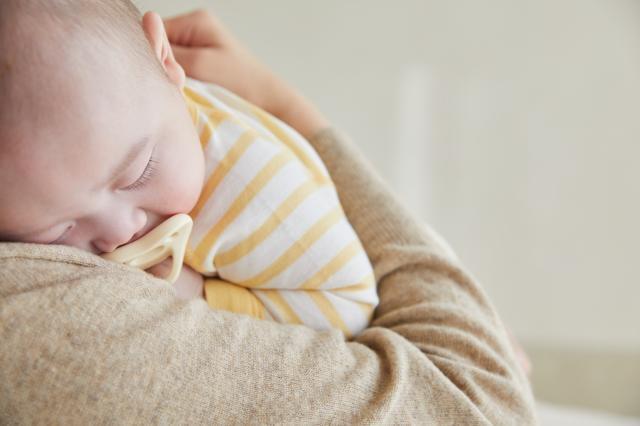
South Korea is currently facing a severe aging trend, with about 30 percent of its population expected to be aged 75 and older by 2073. The nation's fertility rate in 2022 stood at 0.78 babies per couple. Data from South Korea's central bank showed that there is a 90 percent probability that the total population could decline to below 40 million by 2070 from the current 51 million without effective government interventions.
According to data released by Statistics Korea, a total of 357,771 children born in 2017 will enter elementary school next year. This would be the first time that the number of new entrants to elementary school to drop below 400,000. However, the estimated number may vary slightly based on variables such as the number of deaths, foreigners residing in South Korea, and South Koreans leaving their country.
The declining fertility rate can significantly affect South Korea's economic growth rate. The Bank of Korea also estimated a 68 percent possibility of the growth rate falling below 0 percent between 2050 and 2059 if there is no significant policy change. To alleviate childcare concerns, the BOK suggested increasing the government budget against the low fertility rate and establishing a work-life balance infrastructure.
In 2022, about 214,000 South Korean couples got married, a 10.3 percent decrease from 2020. Although various government incentives including cash rewards have been offered to have more children, an increasing number of women work and want to hold onto their careers.
In a survey of 1,200 South Koreans aged between 19 and 79, conducted in October, about 62.3 percent said a French civil partnership framework, which provides couples with legal recognition and certain benefits similar to marriage, can help overcome South Korea's low fertility rate. The legal partnership called "Pacte Civil de Solidarité (PACS)" is favored by those who prefer a less formal commitment as it is considered to offer more flexibility than marriage in managing assets after a breakup. PACS partners are still eligible for partial benefits including tax, healthcare, and social security.
Copyright ⓒ Aju Press All rights reserved.




